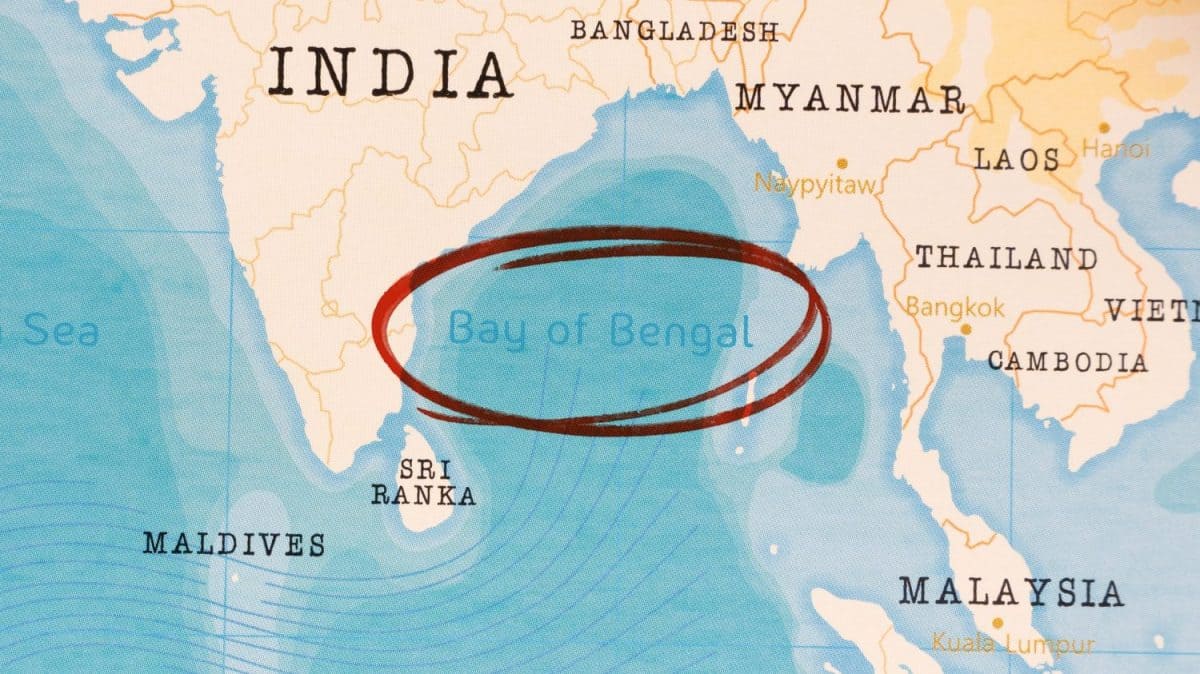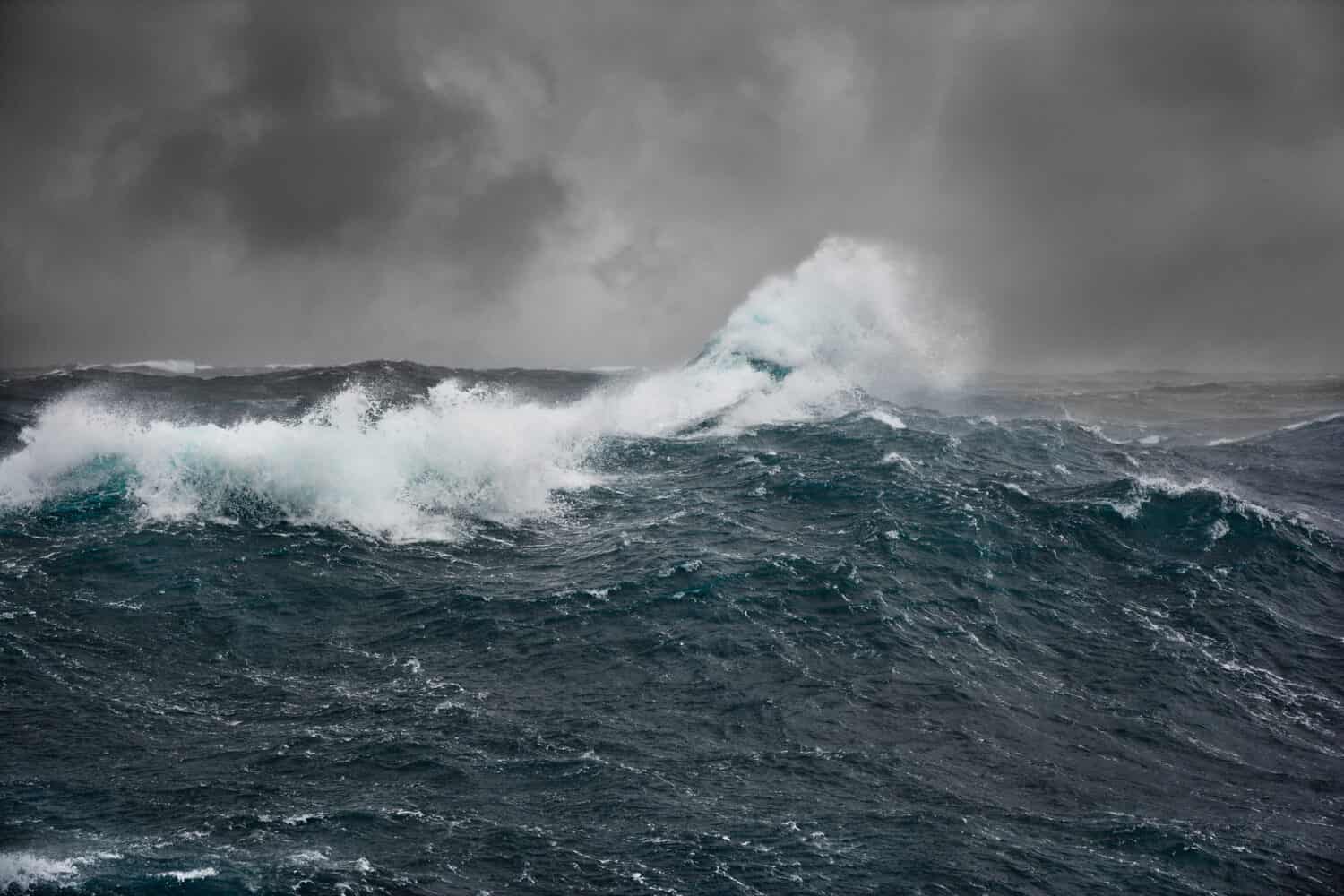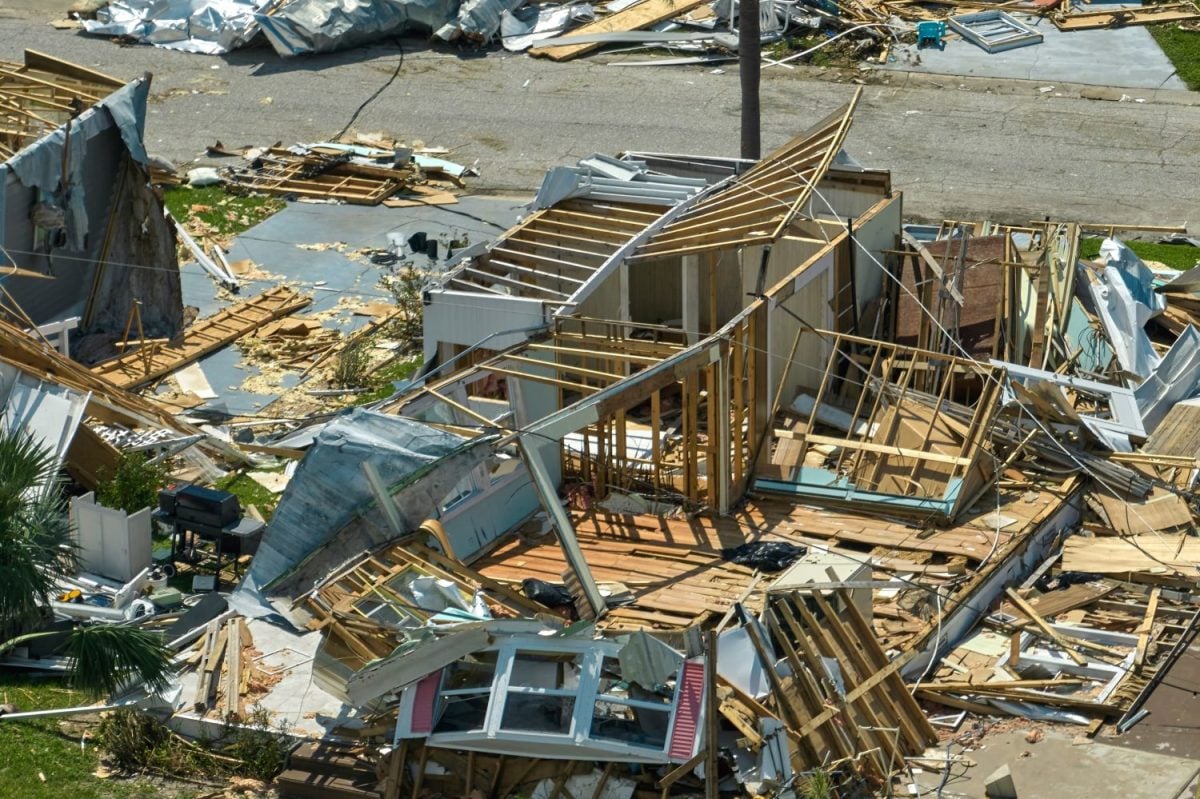The date is November 25, 1839, and the port city of Coringa in Andhra Pradesh is about to be slammed by a three-story wall of water. Undoubtedly one of the worst natural disasters in modern times, this storm, best known as the “The Great Coringa Cyclone,” killed 300,000 people and was one of the deadliest in recorded history. With this in mind, let’s look at the disaster that eradicated the town.
The Location

Striking Coringa on November 25, 1839, the city was located on the Southeastern coast of British India. A harbor city near the Bay of Bengal, the area’s population was believed to be around 10 million people. The harbor was one of the busiest in the region, and it regularly hosted thousands of international vessels. Multiple ship logs noted a major increase in rainy patterns on November 24.
Previous Storm

Up until this storm, Coringa had been a thriving city. While a previous cyclone (also known as a hurricane) had struck 50 years earlier, in 1789, killing over 20,000 people, the residents rebuilt the town and restored the port. Over the next 50 years, Coringa regained much of the area’s previous relevance, but little did they know what Mother Nature would do next.
The Storm Strikes

The storm formed in the Bay of Bengal and arrived after the monsoon season was believed to be over. However, warmer-than-usual sea surface temperatures made for ideal conditions. As such, the storm hit Coringa with speeds as high as 124 miles per hour, causing massive water surges.
Wall of Water

With the storm’s speed intensifying over time, the “Great Coringa Cyclone” created what has been described as a “wall of water” that swept over the city. It’s believed the water wall eclipsed three stories or over 40 feet high as it moved through the town, devastating every building in its path. The water overwhelmed homes, businesses, and even ships docked in the harbor, and they were all destroyed.
Loss of Life

What can only be described as one of the deadliest natural disasters in human history, the Coringa storm in 1839, is believed to have killed more than 300,000 people. Along with the destruction of 20,000 ships, so much of the area was devastated that economic activity would be hampered for years. According to history, the Coringa storm in 1839 is the third deadliest cyclone in recorded history.
Cursed City

Due to the catastrophic events of the Great Coringa Cyclone, many started to call Corgina the “cursed city.” Between the 1789 and 1839 Cyclones, residents of Coringa began using this reference as if the city was filled with bad luck. After the 1839 storm was over and residents saw the destruction of much of the area, they refused to rebuild and instead moved further inland.
Historical Reminders

Unfortunately, the Great Coringa Cyclone serves as a historical reminder of the power of natural disasters. Not only do we need to continue to be vigilant about these storms, but it is also a stark reminder of the loss of human life that can occur whenever nature decides to have its way. The most notable aspect of this storm is that Coringa never recovered. However, it did lead to increased urban planning in India, far away from the water.
The image featured at the top of this post is ©Triff/Shutterstock.com.








